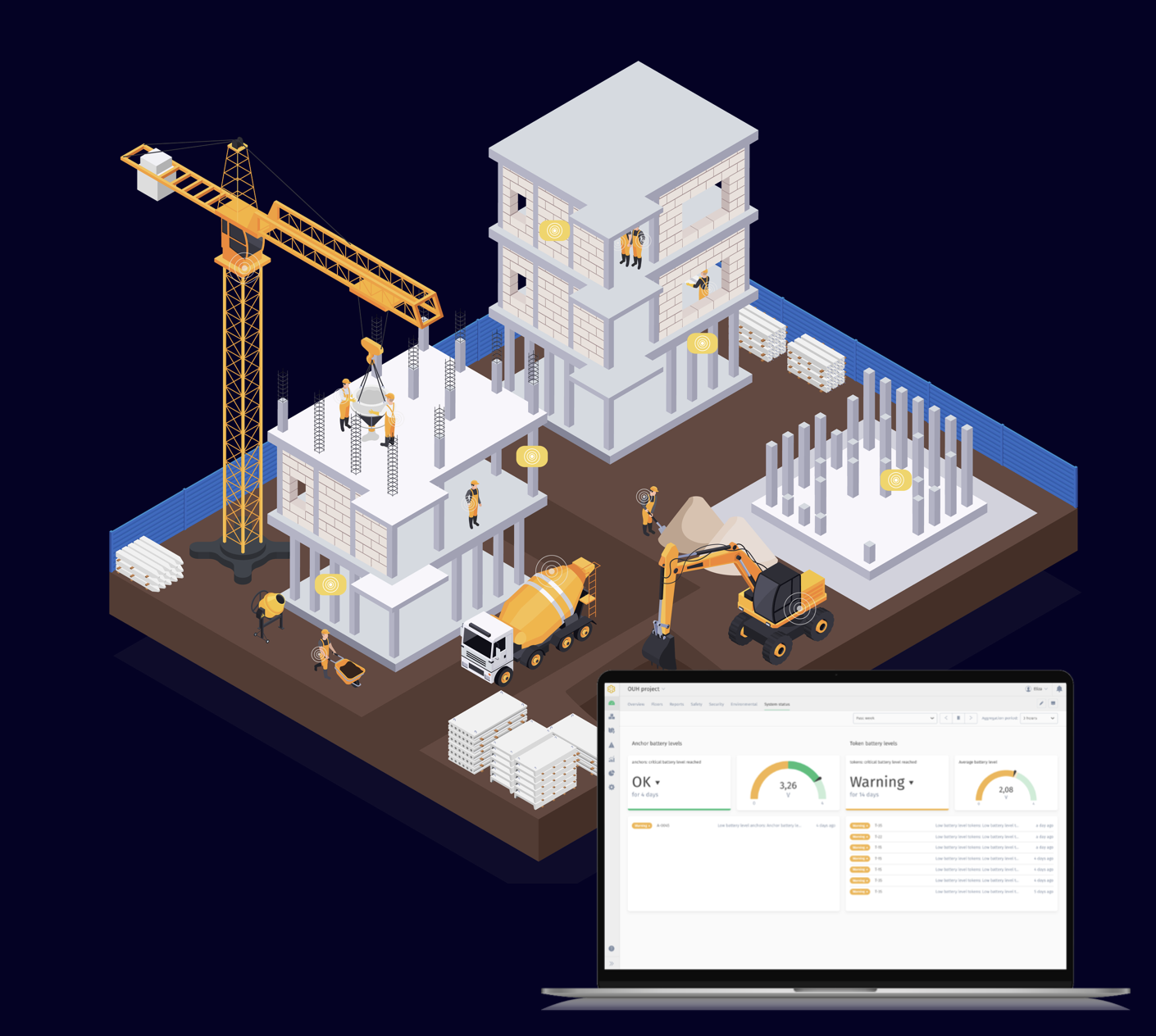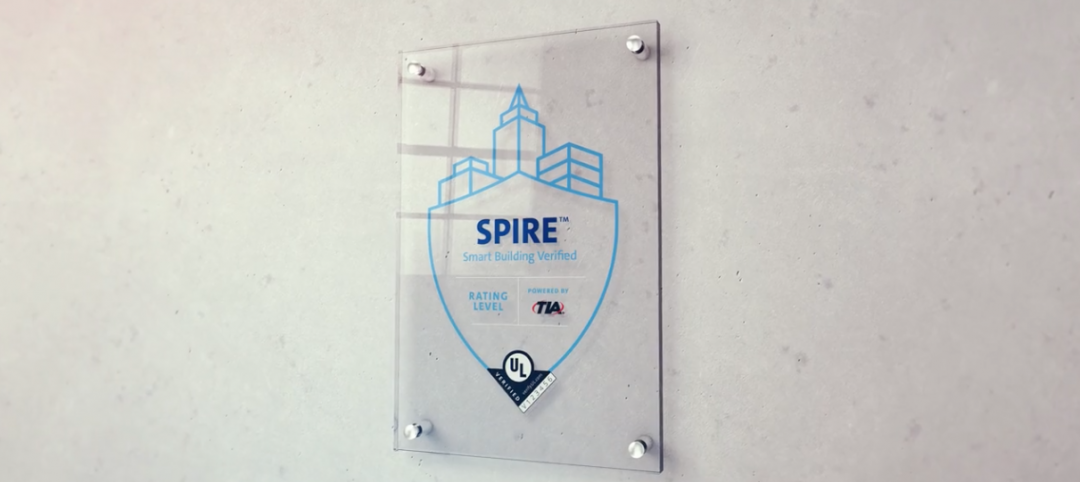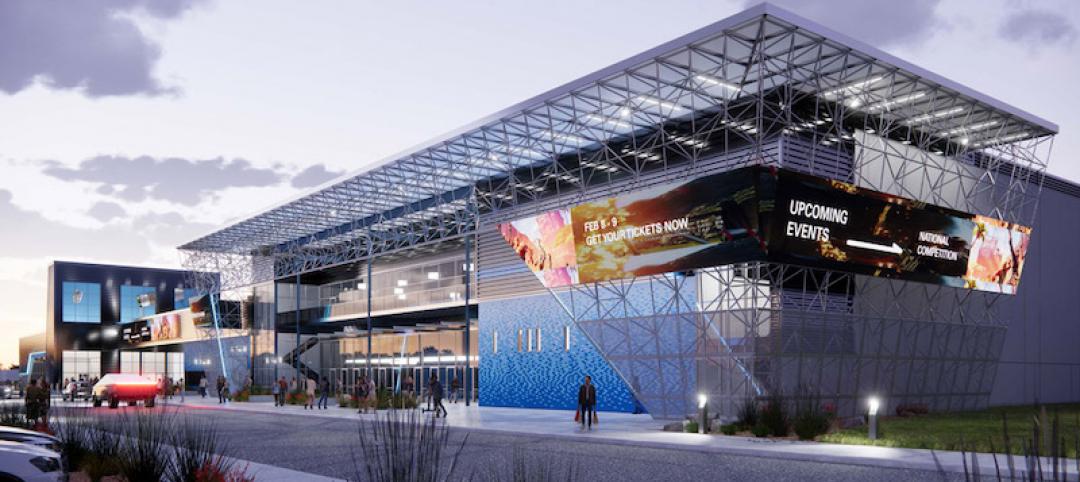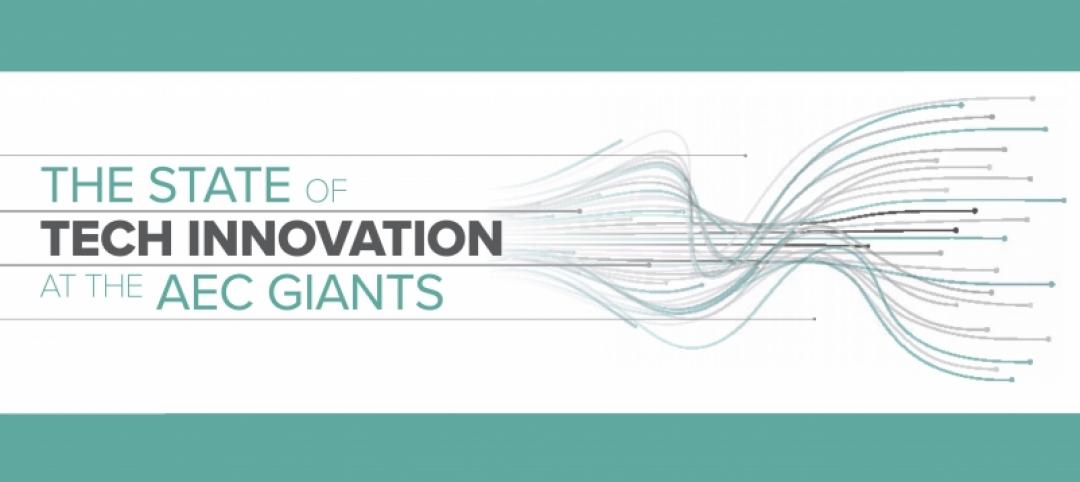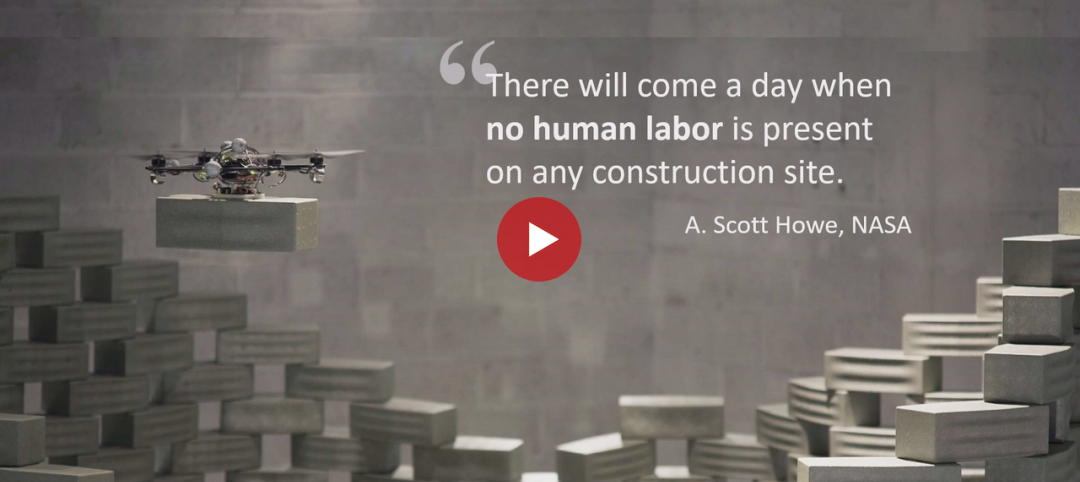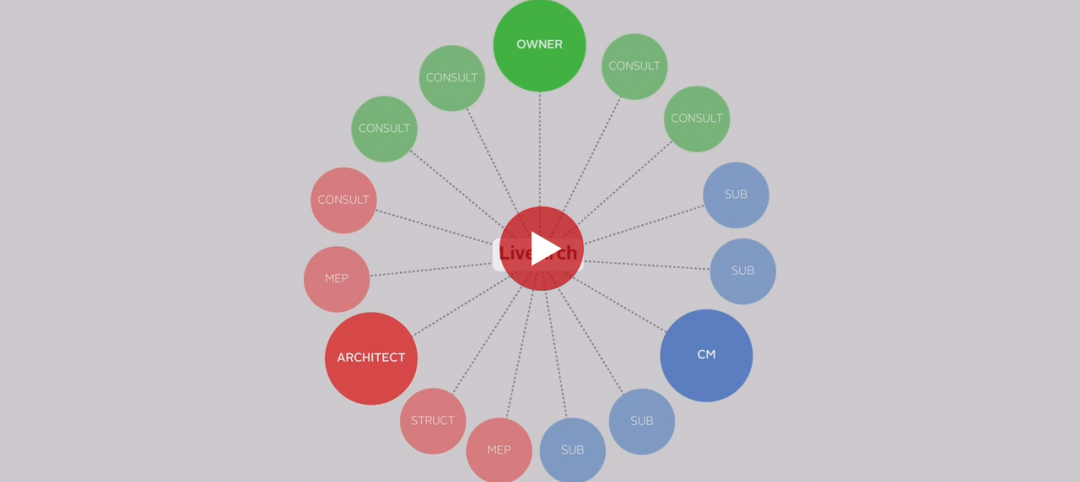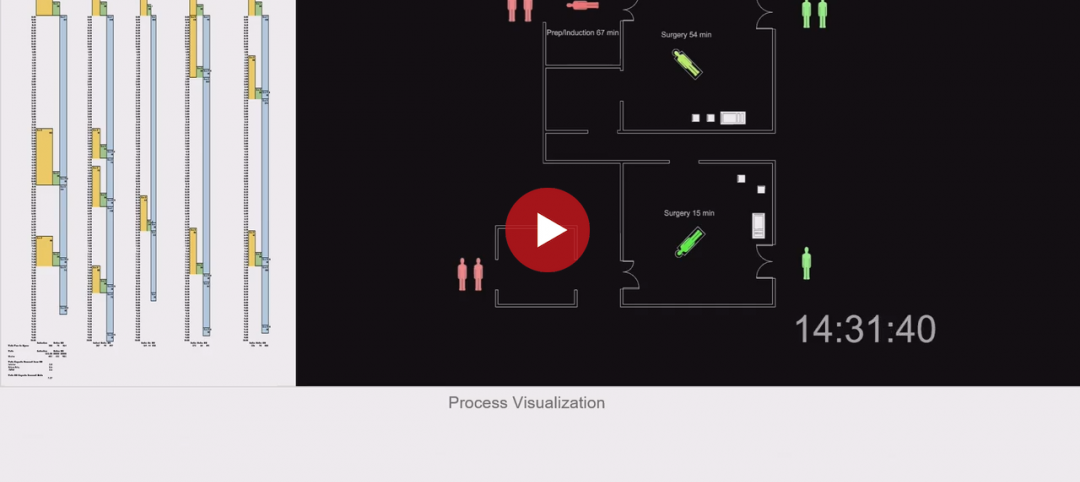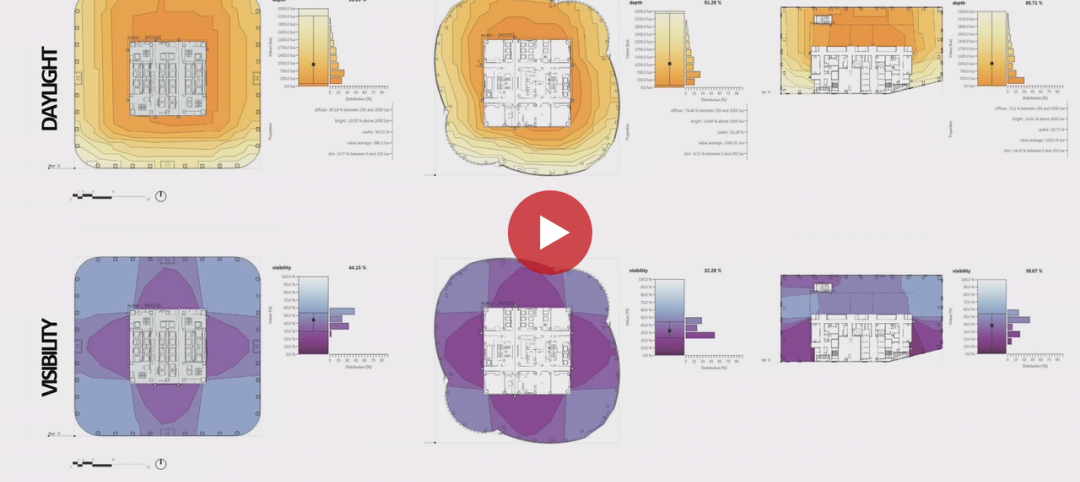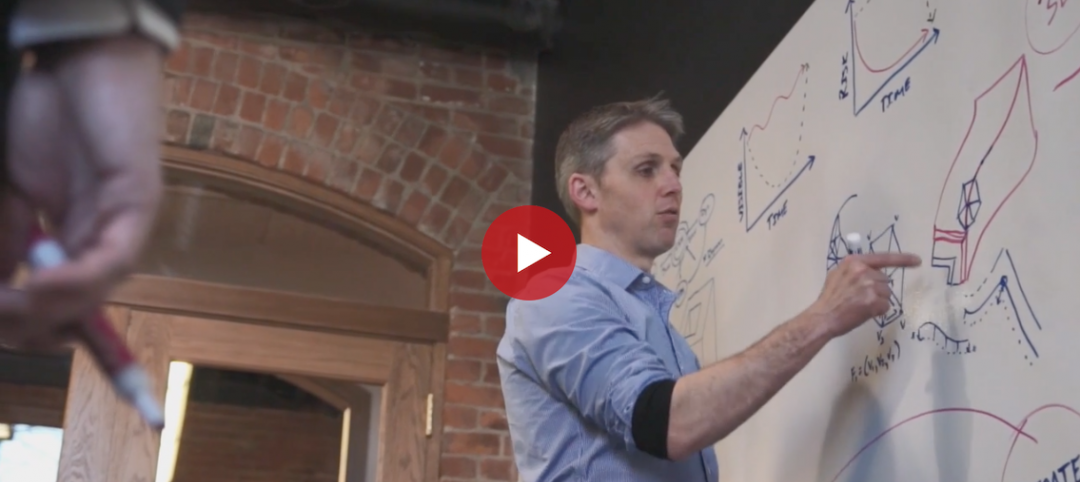Hard hats with tracking sensors. Smart boots and watches. Glasses that open windows to augmented reality. Exoskeletons that relieve user stress. These are among the wearable technologies that have emerged in recent years to make construction sites safer and more efficient for workers and supervisors.
Earlier this month, TokenMe, a Dutch-based firm, received the Innovation Award for wearable technology at the Consumer Electronics Show in Las Vegas. The firm’s product offers construction managers a real-time crowd- and asset-tracking solution via low-power, location-aware radio and RFID (radio-frequency identification) tags and multiple sensors through which data are processed with cloud-based artificial intelligence.
TokenMe’s technology includes ultra-wide band for presence and time-stamp communication, the Low Power Wide Area Networking (LoRaWAN) protocol for easy installation of battery powered receivers, called anchors, WiFi and PoE for installation in existing infrastructures, Near-Field Communication (NFC) protocols for wireless and secure identifications, environmental sensors and RFID ID stickers, and wireless charging using Qi chargers.
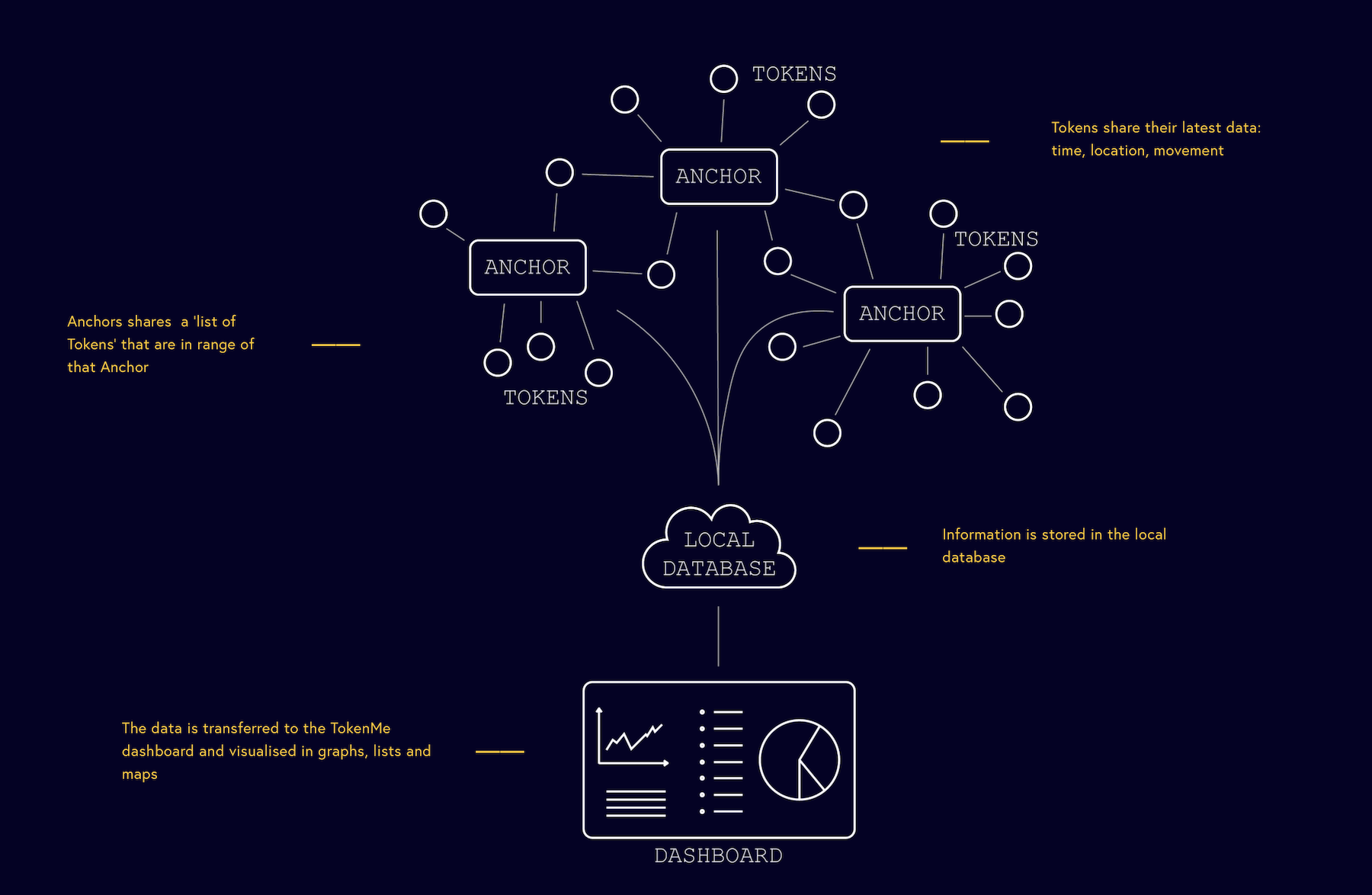
Body sensors transmit construction project data
The technology works like this: jobsite workers or visitors wear smart badges or helmet tags called tokens, which send data about the wearers' time, location, and movement to anchors that are mounted strategically around the site.
The 45x45x12-millimeter tags have a range up to 50 meters and an operational battery life of 500 days. They come equipped with Bluetooth and UWB tracking sensors, a 6-axis motion sensor, and a temperature sensor. The 150x66x42-mm anchors each has a coverage range of 500 sm; wireless connectivity with UWB, BLE, WiFi-Mesh, and LoRaWAN; and is equipped with sensors for temperature, humidity, air quality, and motion detection.
The anchors send this jobsite information to a proprietary cloud database that processes the data through an AI engine to provide project managers and other interested parties with a dashboard that shows graphs, visuals, and observations about task completions. Movement and interaction triggers can be preprogrammed as warnings and alarms.
The dashboard information can also help guide supervisors’ and contractors’ future plans.
As a communications tool, TokenMe’s presences and access monitoring data can be integrated into classical systems to deliver flexible application programming interfaces and triggers to generate meaningful and representative data, according to the firm. Its technology has a UWB frequency range of between 3.1 and 10.6 GHz, and a transmission range of between 32.8 and 656.2 ft, depending on the application. Its localized accuracy falls between 0.33 and 1.64 ft, and has low susceptibility to interference.
Related Stories
Smart Buildings | Oct 26, 2020
World’s first smart building assessment and rating program released
The SPIRE Smart Building Program will help building owners and operators make better investment decisions, improve tenant satisfaction, and increase asset value.
Architects | Oct 14, 2020
The Weekly Show: AI for building facade inspections; designing a world-class architecture firm
The October 15 episode of BD+C's "The Weekly" is available for viewing on demand.
AEC Tech Innovation | Sep 18, 2020
New Innovation Center should heighten Port San Antonio’s tech profile
The facility will include a 2,500-seat arena and serve as new home for the city’s S&T museum.
AEC Tech Innovation | May 11, 2020
A resort with a giant artificial wave basin is being planned for southern California
Technology claims to offer surfers the longest ride in a man-made setting.
AEC Tech Innovation | Apr 27, 2020
Exclusive research: 130 AEC Giant Firms Reveal Their Top Technology and Innovation Initiatives
This free 17-page PDF report includes the complete findings from BD+C's survey of the nation's largest architecture, engineering, and construction firms.
AEC Tech Innovation | Apr 23, 2020
When Buildings Design Themselves
Architect, designer, and author Lance Hosey explores the implications of a built environment completely designed and built by computers.
AEC Tech Innovation | Apr 23, 2020
Beyond BIM: Getting Your Systems in Sync
Architect Carlos Cardoso demonstrates Beyer Blinder Belle's proprietary software tool for sharing project information in real time with all parties (think: BIM meets Google doc).
AEC Tech Innovation | Apr 23, 2020
Leveraging Computational Design in the Realm of Occupancy Evaluations
Design technology whiz Dane Stokes discusses how his firm is using computational design tools to refine its design process, optimize building performance, and enhance client collaboration.
AEC Tech Innovation | Apr 23, 2020
Bionic Practice: Data Rich Design?
What happens to the design process when computers can deliver information that is accurate, instant, and supports design that is 'provable' to be the best?
AEC Tech Innovation | Jan 30, 2020
Get the lead out: A roadmap for creating an agile, tech-focused AEC practice
AEC tech consultant Nathan Miller talks about how design and construction firms can move toward agile, digital solutions that capitalize on near-term innovation.


